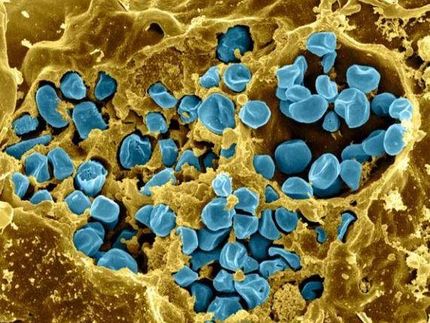New System To Accurately Detect Potentially Fatal Bacteria In Donated Blood Launched In U.K. By Pall Corporation
Advertisement
East Hills, N.Y. (August 29, 2002) - Pall Corporation introduced a new bacteria Detection System (Pall (R) BDS) in the United Kingdom today to detect bacterial contamination in donated blood. The system analyzes bacteria in platelets, a blood component crucial in helping the blood to clot. Bacterial contamination is the leading infectious threat in transfusion medicine today and one of the primary causes of transfusion-related deaths.
"Of all blood components, platelets are the most vulnerable to bacterial contamination and the most common cause of acute transfusion-associated illness or death," said Dr. John Barbara, microbiology consultant. "This is because after donation, unlike red blood cells, platelets must be kept at 22oC, providing an ideal environment for bacterial growth."
The development of a rapid, sensitive and inexpensive screening method for bacterial detection is complicated by the numerous strains of bacteria that can contaminate platelets and the time required for some types to grow to a level at which they can be detected. This can, in some cases, exceed the storage life of the platelets.
The Pall (R) BDS uses changes in oxygen concentration as a result of bacteria growth to provide a practical and reliable test. It works by measuring oxygen in a sample obtained from a platelet unit. Since bacteria consume oxygen, abnormally low levels of oxygen in the platelet sample indicate the presence of bacteria, resulting in the ability to detect and discard contaminated platelets.
A small volume of platelet concentrate is filtered into a sample pouch, separating bacteria from other cellular elements of the sample. This filtrate is then incubated with an agent to promote the growth of a wide variety of bacteria species. Oxygen levels are then measured. A simple "pass" or "fail" reading is obtained from the Pall (R) BDS unit providing accuracy and eliminating the need for a dedicated analyst.
Risk of Bacterial Contamination of Platelets It is estimated that the bacterial contamination rate ranges from one in 2,000 to one in 3,000. The risk of receiving bacterial contaminated platelets may be 50- to 250- fold higher than the combined risk of transfusion-related infections associated with the viruses HIV, Hepatitis B and C and HTLV-I/II. Additionally, many patients requiring platelet transfusion are immunocompromised, further increasing the risk of infection if contaminated platelets are transfused. It has been estimated that the prevalence of severe episodes of transfusion-associated sepsis is probably on the order of 1:50,000 of platelet units transfused.
Every year in the UK, approximately 330,000 units of platelets are given to patients. Platelets are vital in modern transfusion medicine, playing a crucial role for leukemia sufferers, patients with bone marrow failure as well as those undergoing post transplant and chemotherapy treatments.
There are more than 4 million platelets transfused worldwide. Pall Corporation is currently initiating the launch of the Pall(R) BDS in Canada and it will be launched throughout the rest of Europe in early fall. It is under regulatory review in the United States. In addition to developing the Pall (R) BDS, the Company is involved in extensive research and development in many areas of blood safety. It is the worldwide leader in leukocyte reduction filtration technologies for both red blood cells and platelets.























































